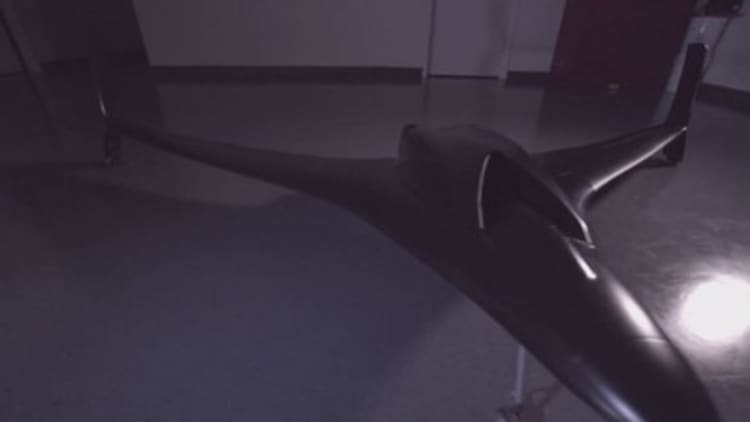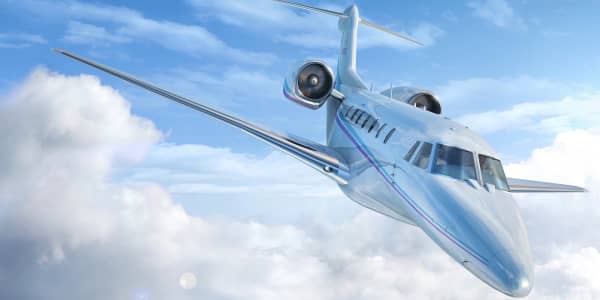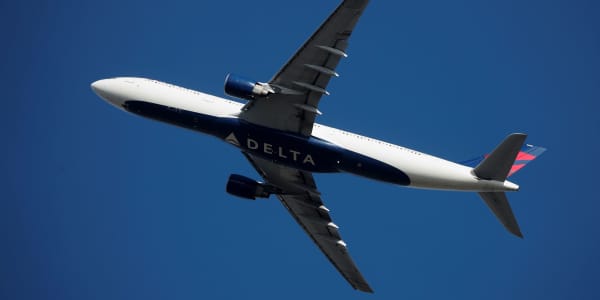
What is believed to be world's first jet-powered 3-D printed drone, capable of reaching speeds in excess of 150 miles per hour, was on display for the first time at the Dubai Airshow on Monday.
The unmanned aerial vehicle (UAV) is the most complex drone of its kind, according to the group, with over 80 percent of its design made with printed materials including metal, nylon and a UV-resistant thermoplastic.
The drone weighs in at 15 kilograms and has a wingspan of 3 meters, according to Stratasys, which developed the drone with Aurora Flight Sciences. The 3-D printing firm aims to prove to the airline industry how this type of manufacturing can trump traditional methods.
"This is a perfect demonstration of the unique capabilities that additive manufacturing can bring to aerospace," Stratasys' Aerospace & Defense business Development Manager, Scott Sevcik, told CNBC at the airshow.
"Overall, the technology saw us cut the design and build time of the aircraft by 50 percent," he said.
The worldwide market for 3-D printers and associated materials and services is set to reach $5.2 billion by 2015, climbing from $3.3 billion last year, according to data released by analysis firm Canalys earlier this year. This is a 56 percent increase I 12 months. By 2019, the market is expected to boom to $20.2 billion, the group said.
As well as unveiling the drone at this year's show, French plane-maker Airbus used a Stratasys 3-D printing system to produce more than 1,000 flight parts for its A350 XWB aircraft, which was completed at the end of last year.
Airbus said the printed material is flame, smoke, and toxicity compliant for the aircraft's interior and the lighter parts "substantially reduce production time and manufacturing costs."
Rocket manufacturer United Launch Alliance also announced this year its plans to incorporate flight ready, 3-D printed components.
"Whether by air, water, or on land, lightweight vehicles use less fuel. This enables companies to lower operational costs, as well as reduce environmental impact," Sevcik said.






